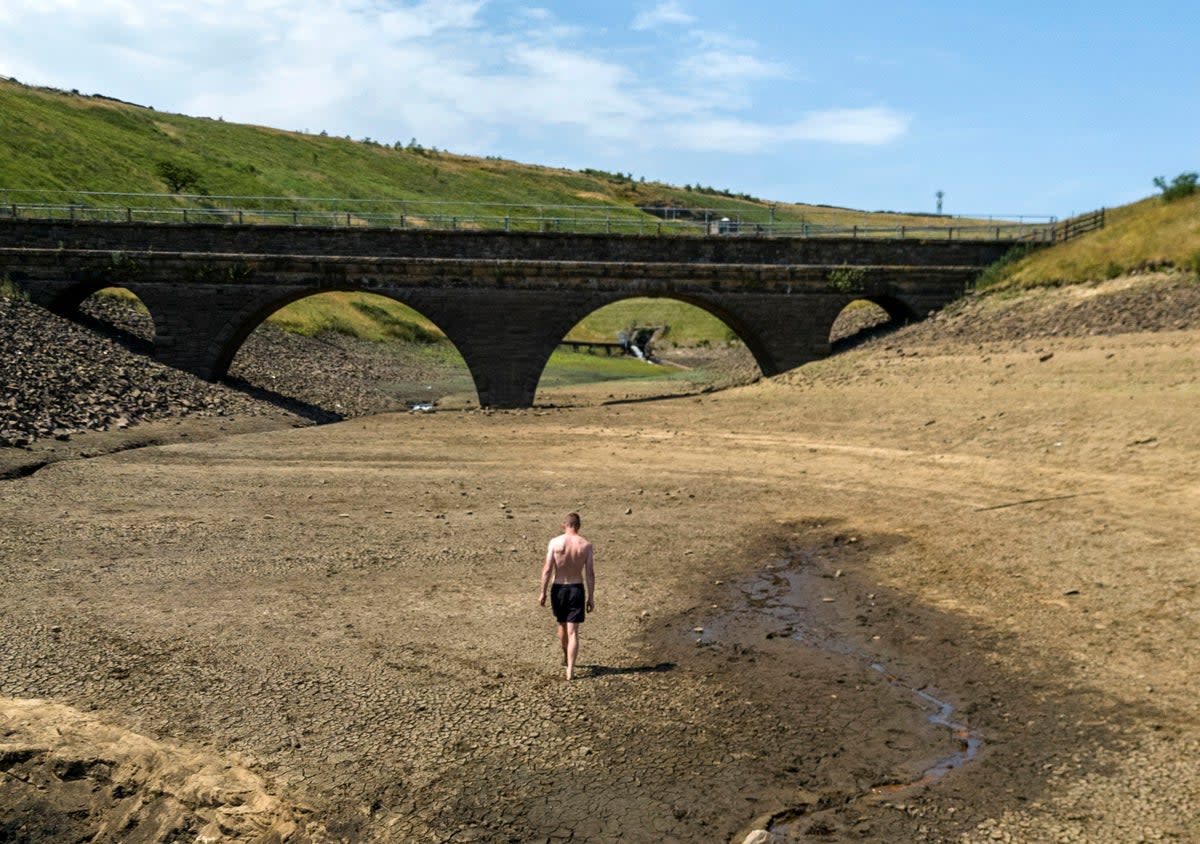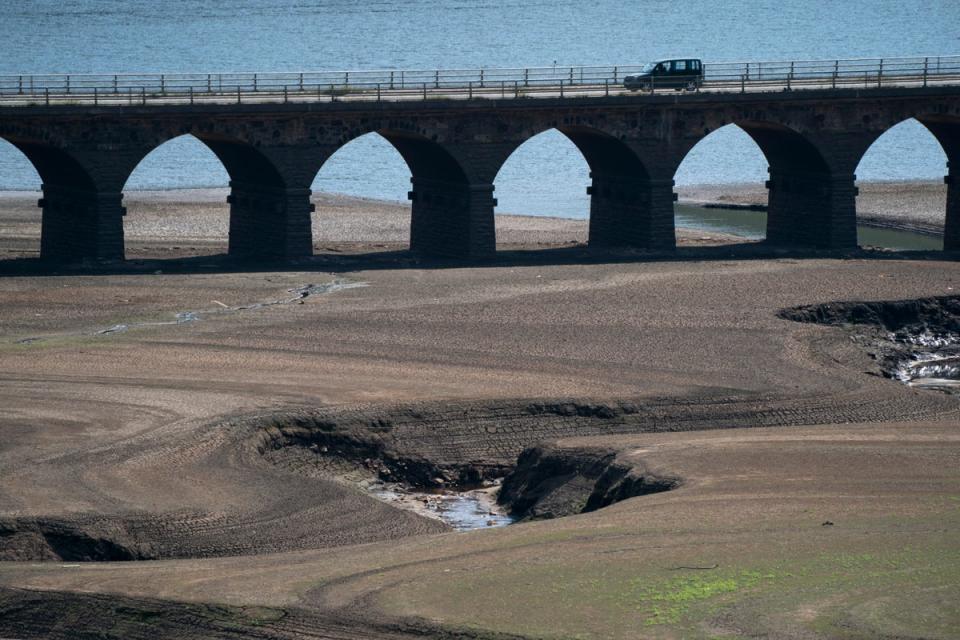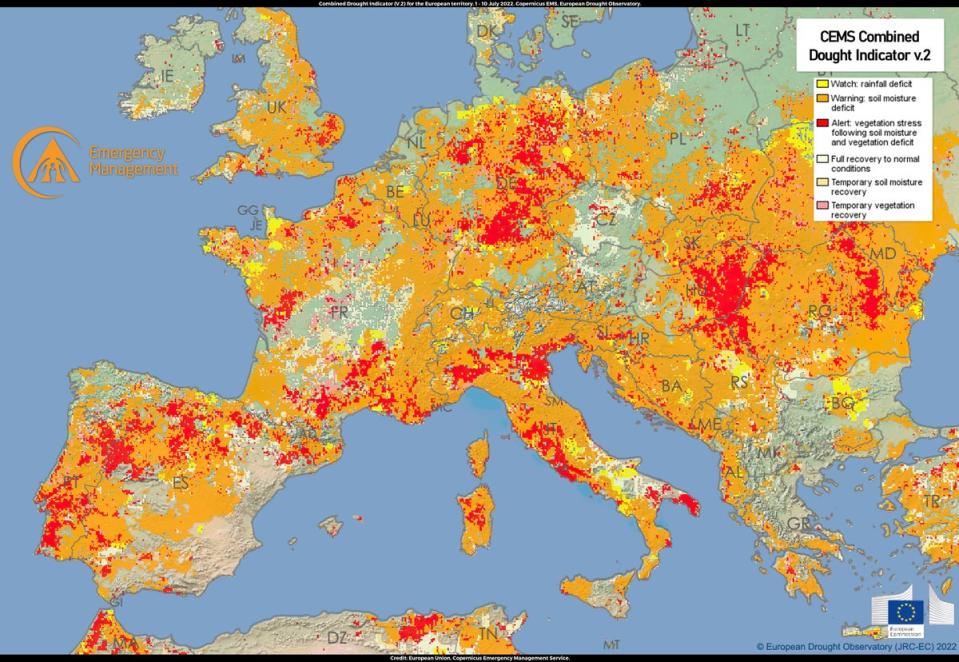Heatwave: July 2022 is driest in England since 1911

This July has been the driest in England since 1911, with only 24 per cent of the expected amount of rain recorded so far this month, the Met Office has said.
At this stage in an average July, the Met Office said it would expect to have seen well over 75 per cent of the month’s rain to have fallen. But up to 26 July, there had only been 15.8mm of rain averaged across England – or around a quarter of the amount expected.
There is also little significant rain forecast for south and east England, meaning the situation is unlikely to significantly improve in the coming days or even weeks.
The news comes after the National Drought Group held an emergency meeting on Tuesday amid concern that a drought may need to be declared if the hot and dry weather persists. Most of England is suffering from “prolonged dry weather”, but no parts are yet considered to be in drought.
So far, no restrictions have been put in place on essential water, but water companies are urging customers to use the resource wisely by turning off taps when brushing teeth and swapping baths for short showers, among other considerations.

“It is not just July that has been dry,” said Mark McCarthy, head of the Met Office National Climate Information Centre. “Since the start of the year, all months apart from February have been drier than average in the UK too. The result of this is that the winter, spring and summer of 2022 have all seen less than the UK average seasonal rainfall.”
Rainfall totals for the first six months of the year are around 25 per cent below their long-term average, with the driest regions in the east and southeast, he added.
This is part of an even longer trend, with the eight-month period between November 2021 and June 2022 the driest in England since 1975 into 1976, according to the Met Office.
However, the Met Office stressed that the year cannot be too closely compared to 1976 as England has had 30 per cent more rain during the first six months of the year than 1976.
The news comes as a large part of Europe is suffering from drought, made worse by the extreme heatwave recorded earlier this month. Exceptional temperatures were recorded in the UK last week, where some parts of England topped 40C for the first time since the Met Office began keeping records.

In part down to that heatwave, July also places within the top five warmest Julys on record. The worsening climate emergency is projected to make UK summers hotter and drier, and winters warmer and wetter.
Wouter Buytaert, a professor in hydrology and water resources at Imperial College London, has said the climate crisis will make droughts worse, as periods of low rainfall will become longer and more intense.
The southeast of England is particularly vulnerable to droughts because it has the least rainfall and the highest demand, he added.
The rest of the UK hasn’t suffered quite to the same extent, but July has still been the eighth driest July since 1836, according to the Met Office.

